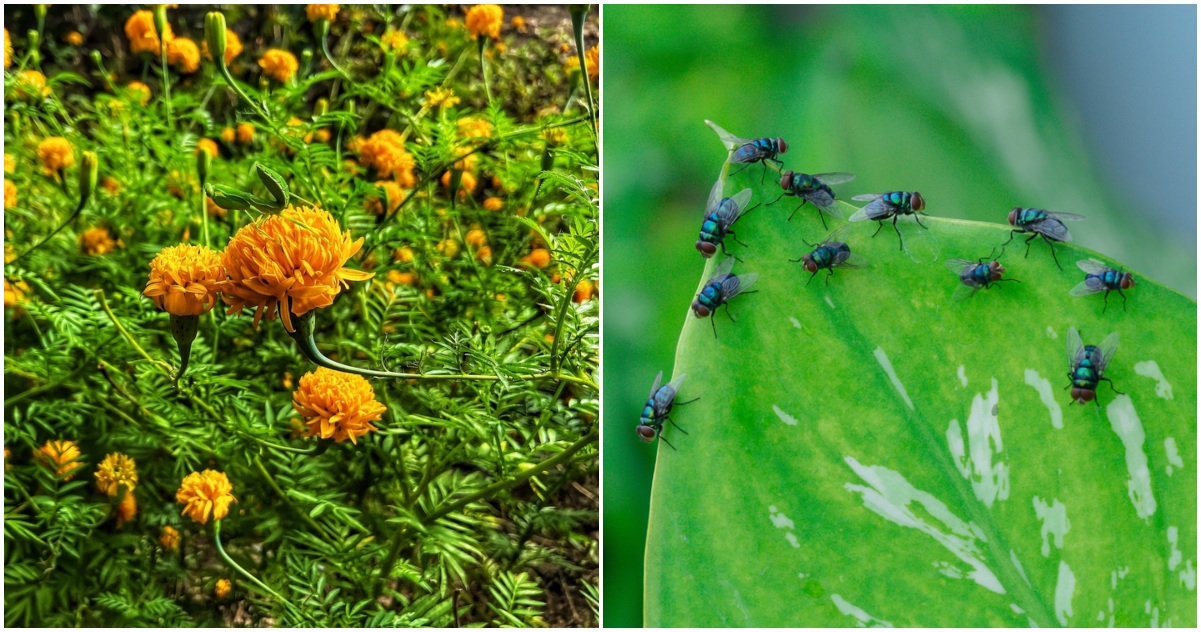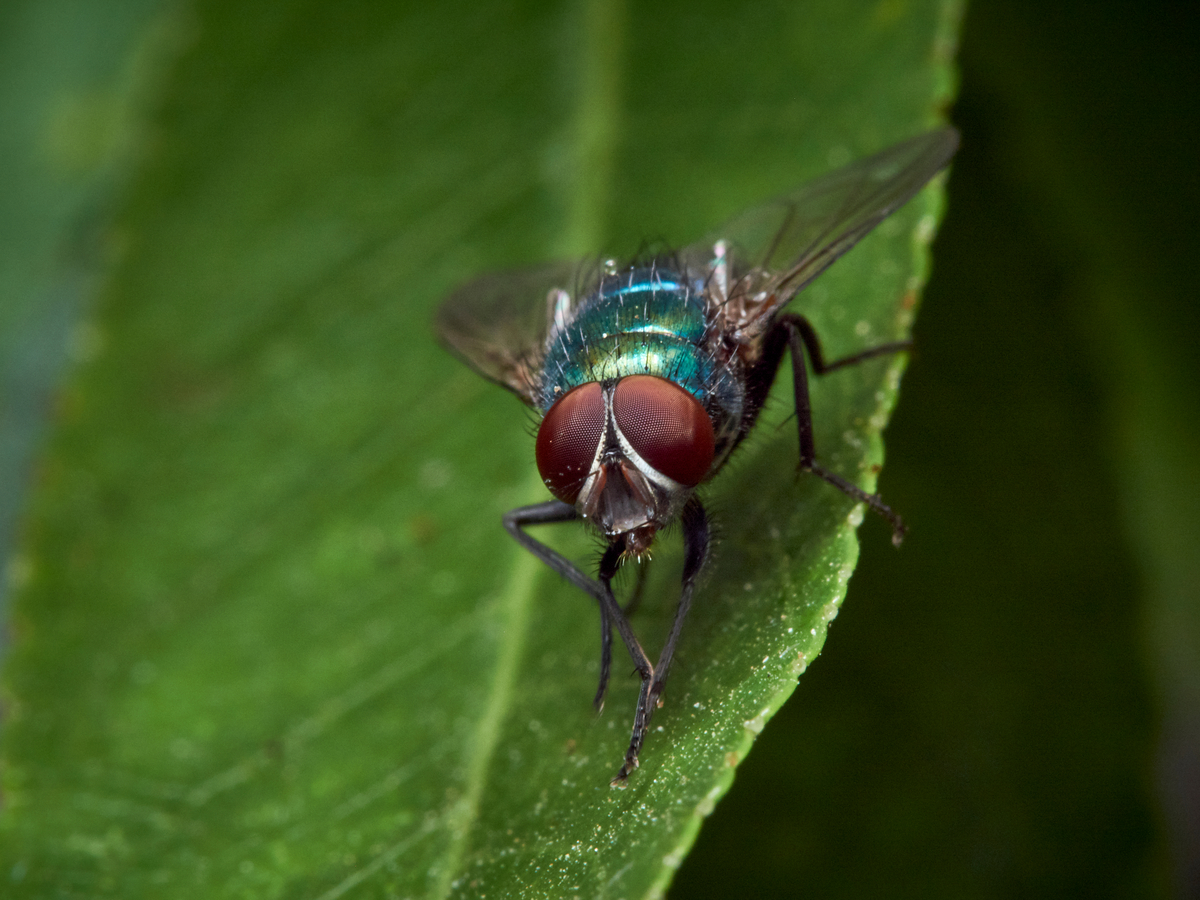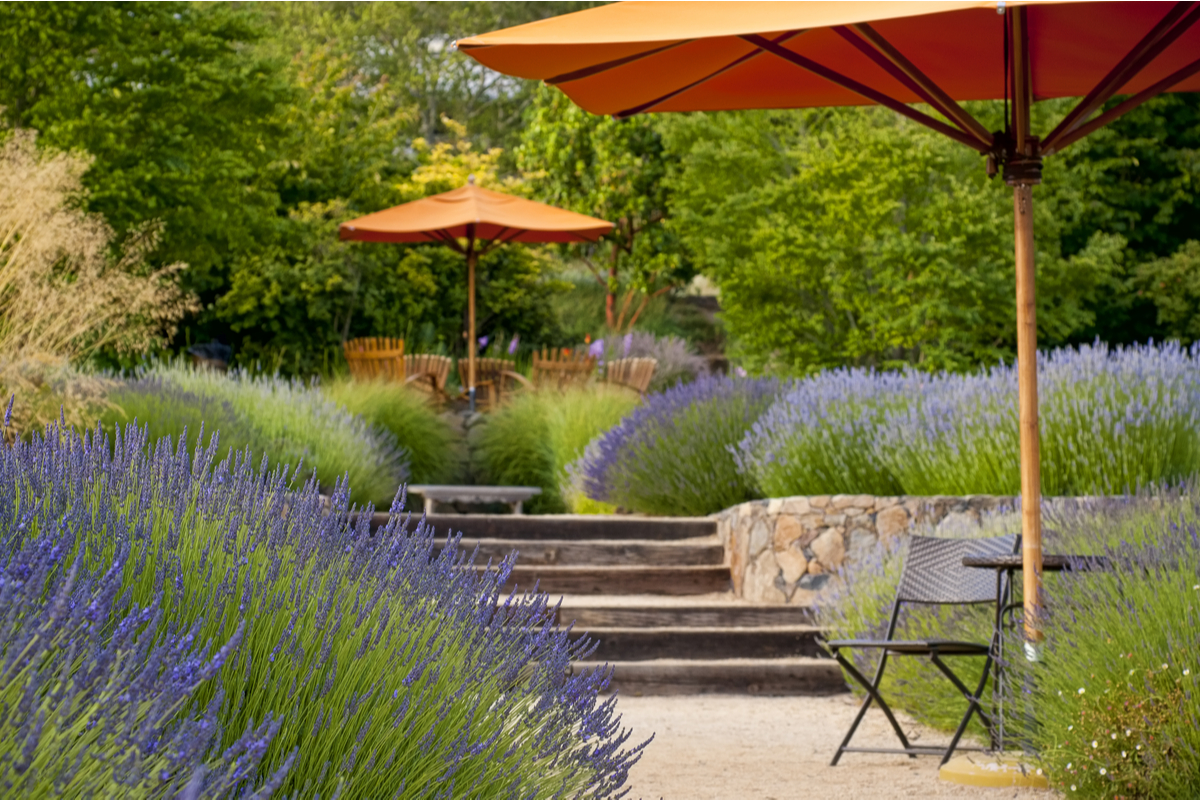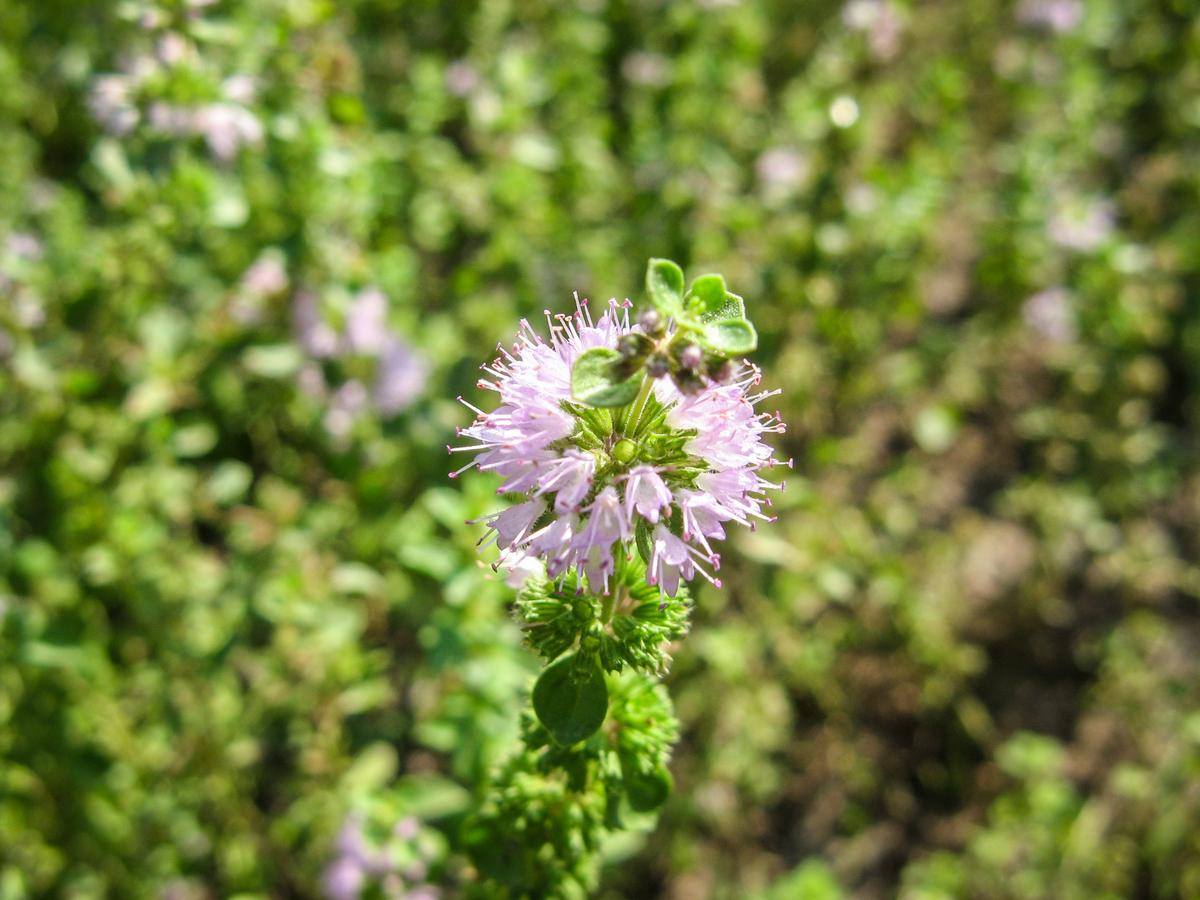
Summer is the season of alfresco dining, enjoying the heat and the sunshine while sharing a meal with the people you care about. Few things could ruin that wonderful image, except one pesky bug that plagues us all season long – flies.
Flies are actually wonderful insects with many roles in environmental care. They break down organic matter, attack other damaging insects in the garden, and draw wildlife to our gardens when acting as prey. Unfortunately, that doesn’t change the fact that they can be incredibly annoying, especially in the heat.

But you don’t have to whip out the fly swatter to tackle these bugs. Instead, opt for a natural method by planting and harvesting any of these nine plants believed to repel flies and make your garden gorgeous at the same time.
Lavender

One of the most popular ornamental plants around the world, lavender is a crowd (and personal) favorite. Not only does it produce gorgeous purple flowers that add a Mediterranean flair to any garden, but it also has a stunning scent that everyone instantly falls in love with.
Well, almost everyone.
This sweet smell that we gardeners adore, flies despise. The strong aroma of lavender flowers and foliage keeps flies far away, as well as a few other unwanted bugs. The key is the oil within the lavender plant. Whether you extract this oil or simply pick the flowers and display them around your house, you can be sure you won’t be bothered by bugs anymore.
Keep your lavender in a sunny position to get the most possible blooms for harvesting. Plant in well-drained soil in a dry area to avoid rotting. In fact, lavenders are one of the few plants that grow better in poor-quality soil, making them perfect for those tougher areas of the garden you just can’t seem to fill.
Rosemary

Often confused for some species of lavender due to the similar foliage, rosemary is another great pest repelling candidate. Flies don’t enjoy their intense smell, steering clear of any areas where rosemary is planted or kept. Luckily, that scent and flavor make them great for use in the kitchen.
A few rosemary sprigs placed around your outdoor seating area are a great way to keep large and small flies away during family gatherings or entertaining. If your kitchen is the problem, consider growing an entire plant on your windowsill indoors. As long as there is enough direct sunlight and low humidity, you should have no trouble growing this herb indoors.
Outdoors, rosemary likes very similar conditions to lavender. They are hardy plants that can grow into large and thriving shrubs with the right care. Alternatively, shape them into a low hedge to use them for both form and function.
Basil

The most effective herb for fly repelling is usually basil. This leafy plant has many uses in the kitchen and around the home, one of which is as an insect repellent. The oils released by the juicy leaves have a strong earthy scent that repels a range of indoor and outdoor pests, including flies.
Keeping a basil plant in the kitchen is the easiest way to make use of these abilities in your home. Unfortunately, basil is one of the trickier herbs to keep alive and thriving indoors.
Instead, grow them in a container or window box close to your kitchen to act as a guard against any bugs thinking of sneaking through your windows. You can also extract the oil and use it to make your own insect repelling spray safe for the whole family.
Basil is a moisture lover that needs plenty of water to thrive. Don’t let their soil dry out and keep them in a sunny position to get the most leaves out of your plant. Prune often to encourage branching, making your basil bushier.
Mint

It’s hard to think of anyone who doesn’t love the smell of mint. It’s fresh, delicious, and the different varieties each come in slightly different flavors to delight the senses.
As much as we love this bright and strong scent, flies and other pests absolutely hate it. The oils in every part of the plant, from stem to flower, keep away many bugs and even some small rodents.
These benefits are strongest when the leaves are fresh, but they also work when dried. Trim a few stems off the plant, hang them upside down and keep them around your kitchen and in cupboards to stop flies from settling down.
If you have trouble keeping herbs alive, mint is definitely the go-to. This plant is so easy to grow and spreads so rapidly that it can become invasive if not controlled. It’s best to keep your mint inside a pot in a container garden to keep an eye on growth. They are also ideal for growing indoors if you have a bright windowsill.
Pennyroyal

A member of the mint family, Mentha pulegium is a wonderful garden plant that doubles as a bug repellent. The spearmint-like scent deters flies and small rodents too. But unlike mint, this plant is not edible and is toxic to the liver, causing a number of problems if ingested.
For this reason, it is best kept in the garden to repel flies rather than brought indoors. It also has invasive tendencies and should be kept in a pot. You can dot this plant around your vegetable garden in containers to keep unwanted bugs out, including flies.
Keep up with pruning to ensure the stems don’t reach toward the ground as they spread quickly as soon as they touch the soil.
Catnip

Nepeta cataria is another easy-to-grow herb with a fast-spreading growth habit. Famous for its ability to attract cats, it is equally as powerful in keeping annoying bugs away and out of your home. The same oils and strong scents that cats love push flies away, making them ideal plants for lining paths and framing doorways to your home.
Catnip is an incredibly tolerant plant, requiring little water or fertilizer to grow well. As long as they get a sunny position and enough warmth throughout the year, they will thrive. Related to mint and pennyroyal, catnip is another spreader that’s best contained in a pot.
Bay Laurel

To grow an entire hedge of plants designed to keep pests out of your garden and away from your home, look no further than bay laurel. Also known as sweet bay, this shrub has an upright growth habit with cute yellow flowers.
Planted close together and in full sun, your bay laurel will create an almost impenetrable wall that any nearby flies will steer clear of. In the kitchen, they can also be used to keep flies out or thrown in grocery cupboards to stop weevils from invading.
To make them even more useful, these aromatic plants are used in a number of cuisines around the world for their intense flavor. Add one or two leaves to your pasta sauce, chili or curry to pack it with flavor, simply removing the whole leaf once the dish is done. You can also use them as a scented garnish to decorate dishes.
Marigold

Marigolds are incredibly versatile plants and one of the greatest companions in the vegetable garden. Their cheerful orange flowers are bound to put a smile on your face and can also be used as an edible garnish for salads and desserts. But where marigolds truly shine is in pest prevention.
Scientifically tested, marigolds are proven to keep a number of pests out of the garden, particularly whiteflies. The flowers can be used to produce an insect repellent spray that can be brought indoors, or you can grow them as cut flowers, trimming the blooms and placing them in a vase to keep flies away.
All these plants need is warmth and plenty of sun to thrive. Keep them well watered after planting and once established, they will be happy with being watered along with the rest of your garden. They make great container plants but grow best outdoors rather than inside due to their high light requirements in order to flower.
Sage

Sage isn’t the first herb to come to mind for use in the kitchen. But, if you’re looking to repel flies indoors and out, this is certainly not one to overlook. Their gorgeous fluffy grey leaves make great foliage contrasts in the garden that retain their earthy aroma even when dried. In fact, drying these leaves and burning them is one of the best ways to keep flies away.
Burning sage is also known as smudging, believed to remove negative energies from spaces. The leaves are dried, bound together and set alight to release their strong scent, filling any room with their herbaceous smell. You can even use them in your outdoor dining area just before a meal to keep any potential flies from settling down there.
If burning sage doesn’t appeal to you, you can simply fill a bowl with the dried leaves and place them wherever you want to keep fly-free. Combine it with the complimentary smell of rosemary to double the scent and the pest-repelling capabilities.
Flies may have an important role in the environment and cycle of life, but that doesn’t mean we want them hanging around our homes or gardens long-term. Use any of these wonderful plants to keep them away from entrances to your home and out of the house altogether. Plus, many of them are useful in the kitchen too.
